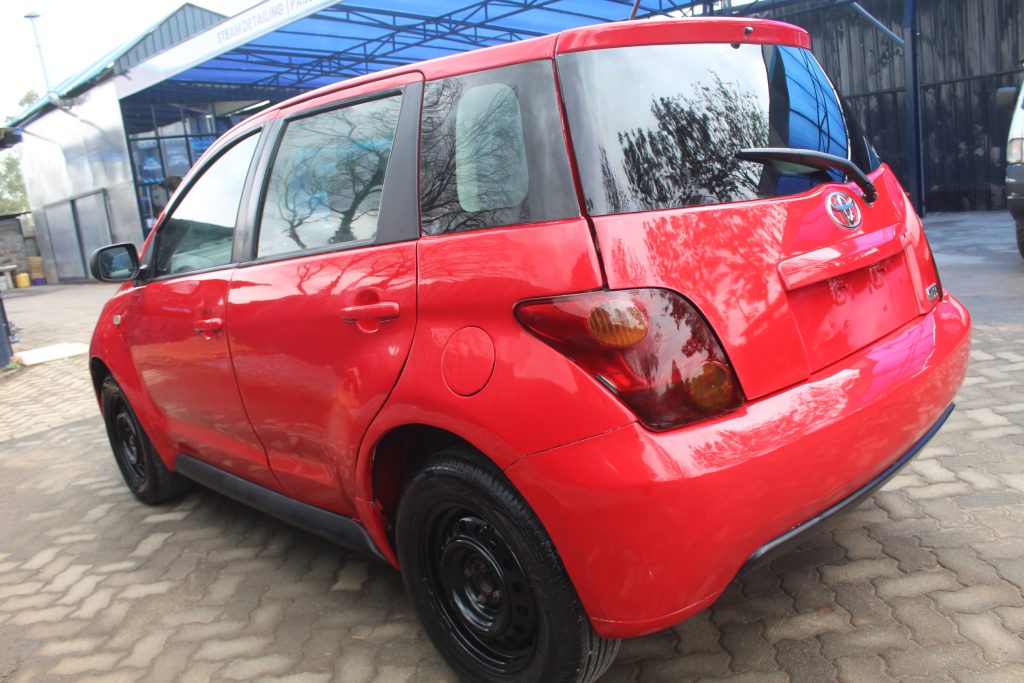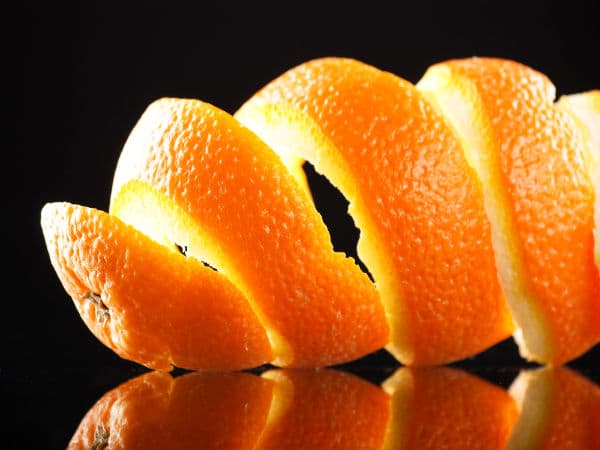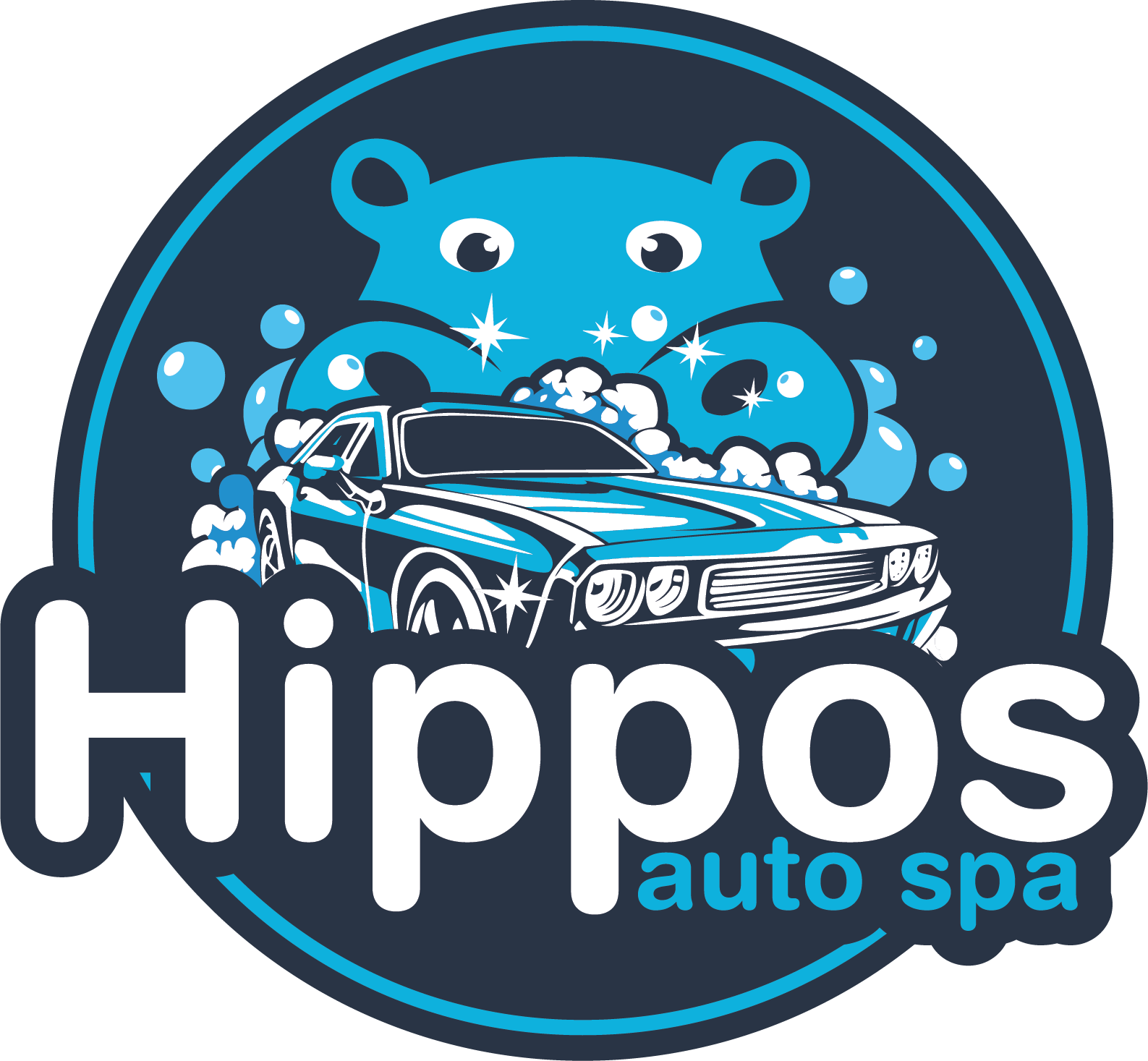You just had your car repainted and you are going to collect it. Do you have any expectations? What exactly should you be on the lookout for? What is your personal evaluation criteria? Here are the 6 things to look out for when evaluating a completed paint job.
1. The shine
When it comes to the finish of a newly repainted car, anything less than showroom car gloss is not acceptable (unless it is a budget paint job). The reason is because in this day and age, automotive refinishing paints are really high quality. The Kenyan market has resellers of some of the world leading auto paints. These paints when applied properly and in the appropriate environments, will always deliver stunning results.



The shine should not only be a one week thing, it should stay on for couple years and only start getting dull if not well taken care of (regular waxing, proper washing detergents etc).
2. Paint runs, sags, reactions
So, you have already evaluated the gloss. Now you are doing a walk around the car. What should you be looking for? Runs, sags and curtains are the downwards movement of paint that can appear shortly after the paint has been applied or before it dries off. Sagging is common in vertical or curved surfaces. Curtain is the word used for when sagging occurs over a long distance.

Paint will also react in places and will pop or form craters also known as fish eye. Runs, sags and reactions are not acceptable at all because any painter (especially professional) worth his salt should correct them before handing over the car. In our detailing line of work, we see cases where auto body shops will decline to make corrections and just hand over the car to the owner under the guise that buffing after a couple of months will fix the problem when it can’t. Fixing these problems requires wet sanding or repainting the affected panels in the worst case. Because of the additional cost, some body shops will not fix the mess.
3. Orange peel
Orange peel is a coating characteristic resulting in an appearance that matches the skin of an orange. Most of the industry says that orange peel is caused by improper painting technique but in the end it is impossible to prevent it 100%. Cars painted by robots in factories still show orange peel.


The visibility of orange peel structures on the body is dependent on the observing distance and angle. When orange peel is on the clear coat, it can be corrected through wet sanding (where appropriate coats of clear coat was applied) and buffing the affected spots. Orange peel in the coloured coat (basecoat) can not be corrected after painting is finished since it will be covered by the clear coat. This will require repainting the affected panels to correct.
Question: How much orange peel is acceptable? Relative to the area that has been painted, minimal (a few panels) factory style orange peel visibility is not bad for a budget paint job. A professional paint job should achieve almost 99% perfection with nothing that your eyes can catch easily. This is because orange peel is fixable with wet sanding and buffing.
4. Paint coverage
Paint coverage should generally not be a cause of concern because all areas that are to be painted will always be repainted. Not unless your painter takes shortcuts. Trouble is when paint has found its way into areas that were not to be painted. This is common in door jambs, engine bays and also car interior like dashboards & seats. The cause of this is just carelessness in the painting process or saving on costs by using minimal covering. In a poorly done paint job, paint will be found in areas it is not wanted and you have to watch out for this.
5. Smoothness
Even without buffing, a painted surface should feel smooth to the hand. Any rough feeling point to a bad painting process or poor paint quality (combined with poor mixing). The roughness can also be the result of external paint deposits that landed when another car was being painted nearby. A smooth surface will repel dirt or rain water easily and give you an easy time cleaning the car. It is therefore necessary the a freshly painted surface finish is smooth.
6. Colour match
Most of the time, colour is only given close assessment during repair but full paint resprays can also result in colour mismatch. The easiest way to find a mismatch is to compare areas that have been painted with those that haven’t e.g engine bay and door jambs. A good number of paint retail shops in the country mix paint using computerised mixing systems and it is generally hard to go wrong with that. There are also a bunch of budget shops which mix paint by hand. This is okay for mainstream colours like black, silver and white, but they will not get certain colours right.
You also want to watch out for clever and deliberate colour mismatches e.g in place of using black metallic paint, solid (plain) black is used or in place of pearl white, solid white is used instead. This is common in budget repairs.
Let us know in the comment section below what we missed.


5 thoughts on “6 things to look out for when evaluating a paint job.”